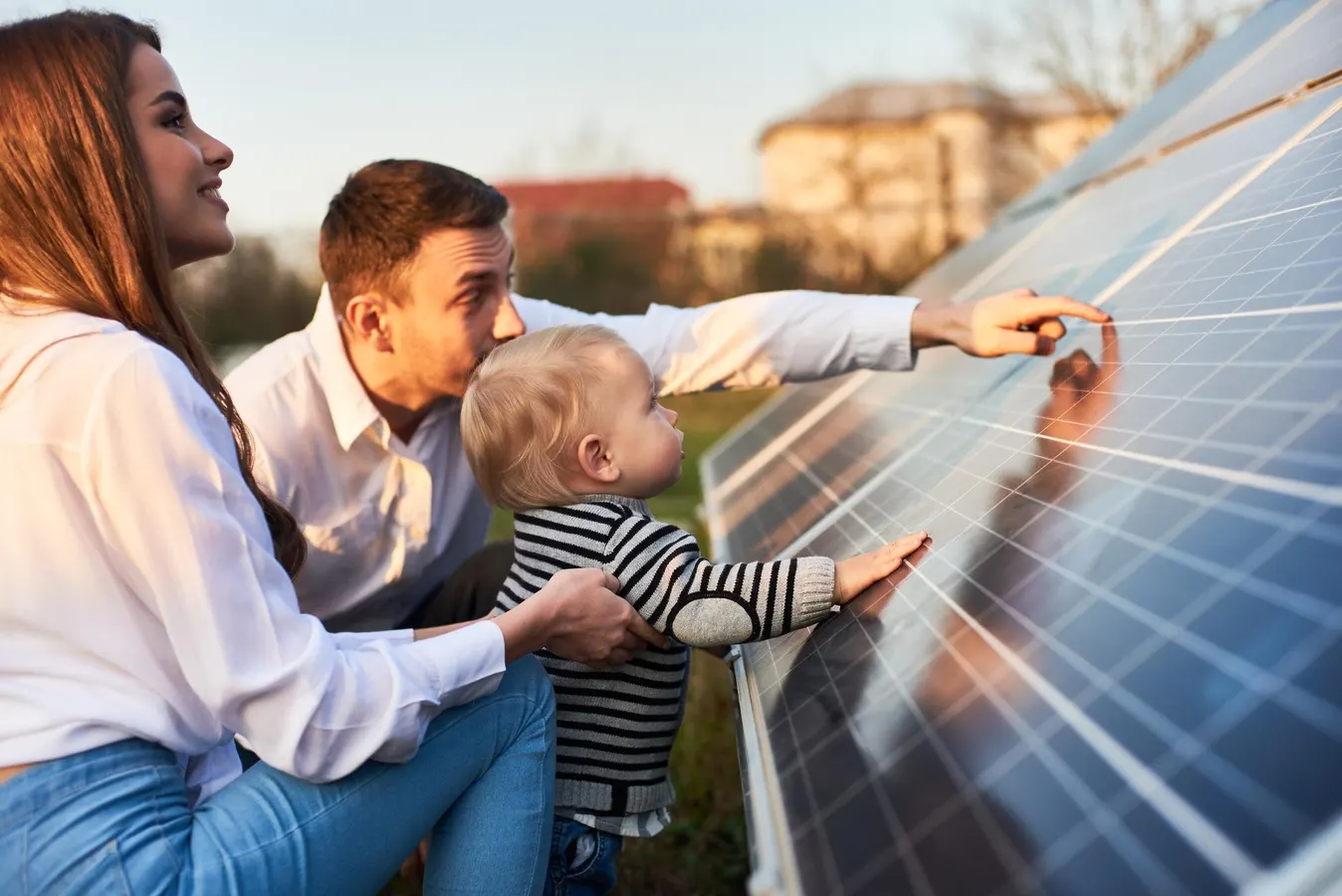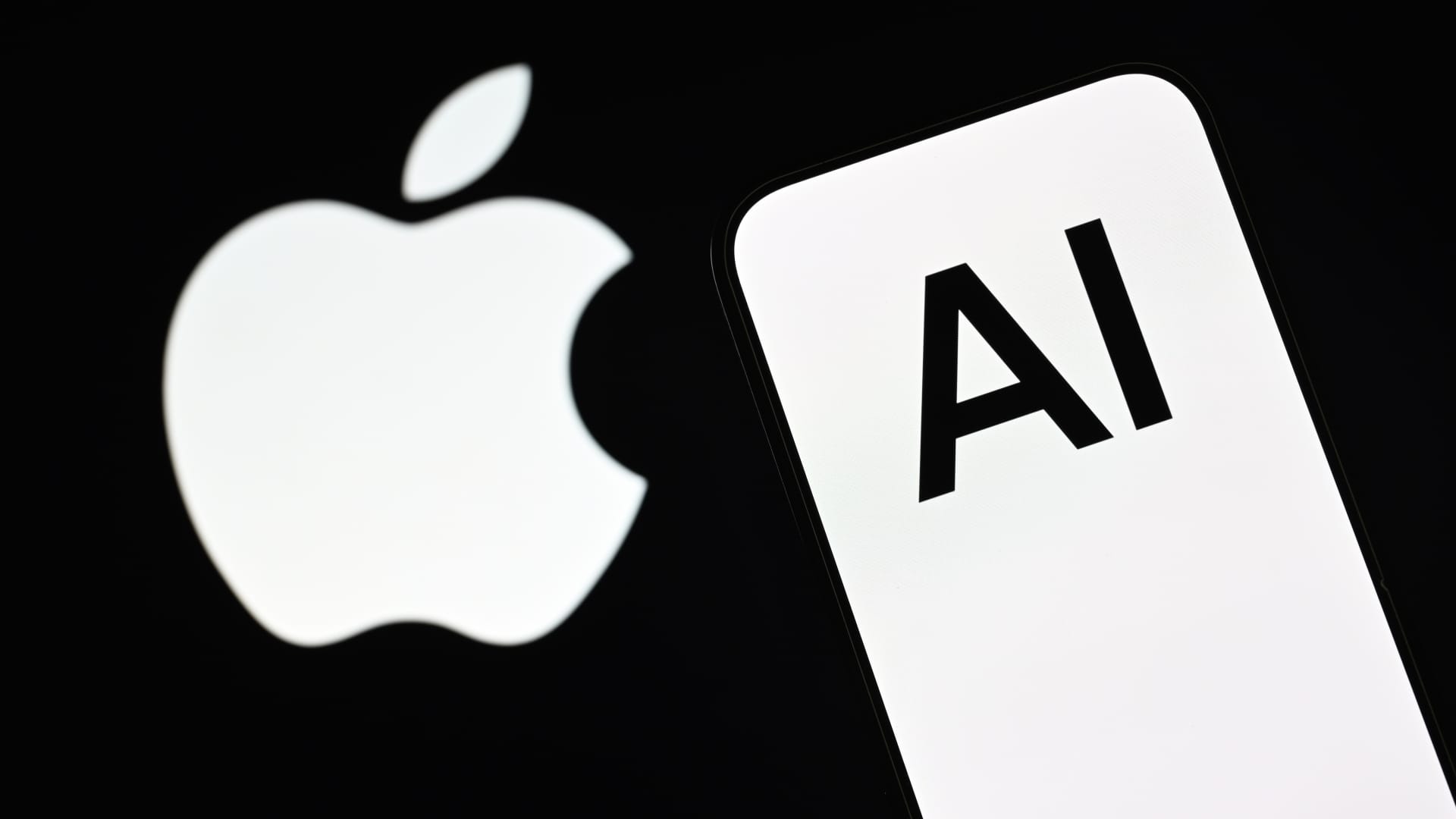Copyright forbes

Happy family with new solar system. You have probably noticed that many major corporations from Apple to Wal-Mart have been investing heavily in solar energy. They may be doing it to improve their images for environmentally-conscience customers, but it is more likely to simply be all about the money. Solar prices have been plummeting and the IEA has announced solar electricity is now the cheapest source of energy in history. Period. Currently, solar prices are at an amazingly low point despite the trade war with China that supplies the bulk of the U.S. solar market. As of this writing the spot market for modules is sitting at 7 cents a Watt for all different kinds of solar panels. This is why electric utilities are racing to put in major solar farms all across the U.S. - even in heavily conservative areas like Texas. Solar panels and skylights on the roof of the WalMart in Santa Fe Springs (Photo by Gary Friedman/Los Angeles Times via Getty Images) Los Angeles Times via Getty Images Even in not so-sunny states like Michigan, solar investment return is highly predictable and positive, as long as the sun continues to come up every morning. Barring any Hollywood-style disaster movie coming to life - it is a pretty safe bet. This makes solar investing easy money for large firms and utilities. Solar Investment Solar is not just for the major corporations looking to expand profits and green their images. It even works for consumers. A study my research group completed showed that every Michigan resident that is serviced by an investor owned utility would save money putting up their own solar to generate electricity rather than buying it from the grid. Depending on where you live in Michigan that would be a decent savings – or a giant savings. In general, homeowners would make a high rate of return on their money as long as they have a clear solar window (e.g. the roof of their house or a spot in the backyard is mostly unshaded). This is a lot more money than you are making on your savings in the bank and probably even more than you are making on the stock market. People are still managing a double digit return with a solar system on the roof of a sub-optimally partially shaded garage in the upper pennisual. You can probably to do better if you have less trees and a better roof face (you want south). This study, however, did not include the recent surge in electricity prices that you probably noticed on your electric bill. So the ROI is even greater… Inflation Hedge You can think of solar (where you put your money in at the start and then get low cost electricity for 25 years or more) as an investment. The value of that investment, however, depends on the cost of electricity. With electricity prices rising faster than inflation (or even 2X as fast now), you can think of solar as a hedge against that inflation. MORE FOR YOU There are, of course, other ways to protect your wealth. Mainstream strategies for protecting wealth from inflation normally involve diversification into traditional assets like stocks, gold, fixed-income securities, and real estate. In this case, however, a significant contributor to inflation has been the rising energy prices- dominated by electricity generated with fossil fuels (that only seem to rise in price with time). Energy has been the main underlying cause of several past recessions and high inflation periods. Investments in distributed generation with solar photovoltaics present a promising opportunity to hedge against inflation, considering non-taxed profits from solar energy generation. That is the key when investing in solar assets is the return on investment you earn is not taxed, so you can compare it to your after-tax return from other investments. In general, you will find that if you live in the US, solar can be used as an effective inflation hedge in any region. It performs the best in mature solar markets (where there are a lot of installers) and decent sunshine. Should you invest now? If you follow the solar industry, you know that solar prices are going to continue to come down as the technology improves even more, so it may be tempting to wait a year or two to get the best deal on solar. However, this year the solar investment tax credit is at 30%. That is a pretty big discount courtesy of Uncle Sam and it is going away after this year. So this really is the time to invest if you can. The biggest challenge will probably be finding an installer with time to do your system. You will want to get your solar system installed before the snow starts to fall again and it may be easier to get an installer if you go in with your neighborhood and everyone gets solar. This aerial photo taken on July 4, 2023 shows solar panels on roofs (Photo by Ina FASSBENDER / AFP) (Photo by INA FASSBENDER/AFP via Getty Images) AFP via Getty Images The bottom line is – if you like money and if you haven’t run the numbers on the return on investment for solar for your home or business in awhile, it is time to take a second hard look at investing in solar now. Editorial StandardsReprints & Permissions



